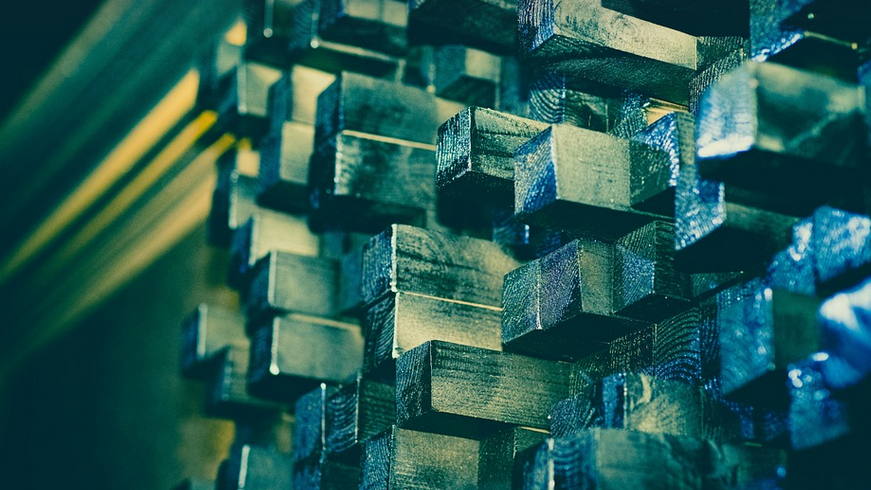Pushing the Boundaries of Mountain Stability
Let’s face it, the world of rock slide engineering is a fascinating and sometimes precarious one. We’re constantly battling nature’s raw power as we seek to build structures that stand tall against the forces of gravity and erosion. This journey, however, has witnessed remarkable innovations in recent years, with advancements in both technology and methodology pushing us toward even more robust solutions. One area where this progress is particularly noticeable is the evolution of rock slide engineering itself. We’re talking about a transformation from Gen 1 to Gen 2, and now even Gen 3!
A Journey Through Time – From Gen 1 to the Cutting Edge
Historically, rock slide engineering relied on rudimentary approaches to mitigate the risks associated with these geological challenges. The traditional methods of building retaining walls or stabilizing slopes were often reliant on straightforward techniques and readily available materials. While these solutions did serve their purpose in some instances, they weren’t always ideal. As we delved deeper into the complexities of rock mechanics, a paradigm shift began to occur.
The introduction of Gen 2 marked a turning point in this evolution. With it came the implementation of advanced tools and techniques like innovative geotechnical analysis software, sophisticated drilling methods for soil testing, and a focus on incorporating cutting-edge materials like high-strength concrete, fiber-reinforced polymers (FRP), and even self-healing concrete. This new approach allowed engineers to move beyond mere surface repairs and delve deeper into understanding the stability of rock formations, allowing for more targeted and effective interventions.
Gen 2 also saw a surge in the use of computer modeling and simulation. These powerful tools helped engineers predict potential rock slide occurrences with unprecedented accuracy before even attempting construction on-site. This meant fewer surprises and a much higher level of risk mitigation. The focus shifted from simply building to understanding, ultimately laying the foundation for more precise engineering solutions.
Gen 3: A Revolution in Stability
Today, we’re standing at the cusp of the next generation of rock slide engineering – Gen 3. It’s not just about building structures; it’s about reshaping our relationship with the very earth itself. This advanced approach combines the best practices of Gen 2 and embraces cutting-edge technologies never before imagined in this field.
The introduction of artificial intelligence (AI) and machine learning (ML) has revolutionized rock slide engineering, offering unprecedented accuracy and efficiency in analyzing geological data, predicting potential hazards, and ultimately designing more resilient and sustainable structures. Imagine sophisticated algorithms that can identify subtle shifts in rock formations years before they pose a threat or even predict the exact angle of impact for a landslide. This is the power of Gen 3!
Gen 3 also dives deeper into sustainability through innovations like bio-engineered materials that mimic natural processes to stabilize slopes and minimize environmental impact. Imagine building a retaining wall not just with concrete but with living, breathing moss that absorbs moisture, preventing erosion, and even serving as a natural filter for groundwater. This is the kind of approach Gen 3 brings to the table.
The use of drone technology in this field has also become significantly advanced. Drones equipped with high-resolution cameras, laser scanners, and even acoustic sensors are now used to conduct surveys, monitor slope stability over time, and collect data for analysis. Imagine a scene where drones soar across the mountainside, mapping every nook and cranny, delivering real-time insights that can inform construction decisions.
The Future of Rock Slide Engineering
As we move forward into the future, rock slide engineering will continue to evolve at an exponential rate. The lines will blur between disciplines as interdisciplinary collaboration becomes even more crucial. Geotechnical engineers, geologists, materials scientists, and civil engineers will need to work hand-in-hand to create truly innovative solutions for this vital field.
We are poised on the edge of a new era in rock slide engineering that is not just about building structures – it’s about understanding the very essence of our planet. The advancements made in these past years have not merely modernized techniques, but they have fundamentally shifted our perception and approach to this dynamic field.
